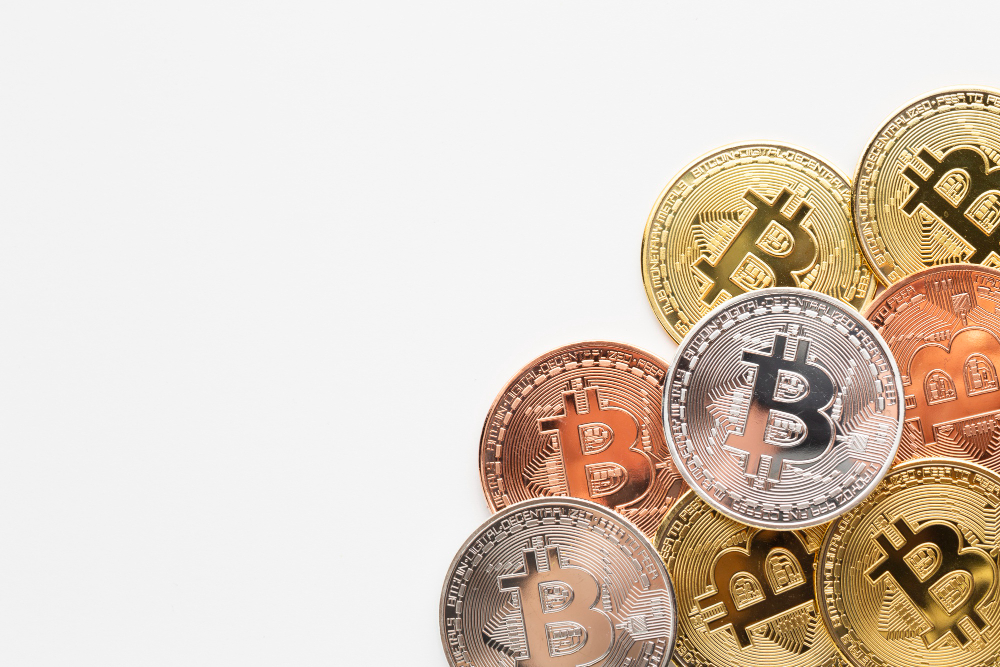In the fast-paced world of cryptocurrencies, where prices can swing wildly in minutes, stability can be hard to find. That’s where Tether (USDT) comes in. Often described as the bridge between traditional finance and digital assets, Tether plays a unique and critical role in the crypto ecosystem. If you’re wondering what is Tether and why it matters so much, this stablecoin guide will break it all down in simple terms.
Tether (USDT) is a stablecoin, a type of cryptocurrency designed to maintain a steady value by being pegged to a reserve asset—in this case, the U.S. dollar. Each USDT token is meant to represent one dollar, giving traders and investors a way to move money quickly without being exposed to the volatility that plagues most other cryptocurrencies like Bitcoin or Ethereum.
The idea behind USDT is simple: for every token issued, there should be an equivalent reserve backing it, whether in cash, bonds, or other highly liquid assets. This peg allows Tether to maintain its $1 value across exchanges, making it a favored tool for anyone needing stability in a highly volatile market.
Tether was launched in 2014, making it one of the earliest stablecoins, and it has since grown into the most widely used one. It’s available across multiple blockchains, including Ethereum (as an ERC-20 token), Tron (as a TRC-20 token), Solana, and others. This multi-chain availability has made USDT incredibly flexible and easy to integrate into a variety of decentralized applications, exchanges, and wallets.
But how does USDT work in practice? When you buy USDT with dollars, you’re essentially swapping your fiat currency for a digital representation that you can easily use within the crypto world. Conversely, if you redeem your USDT for dollars, the token should be removed from circulation. In theory, this system keeps the supply balanced and ensures that USDT maintains its $1 value.
In real-world crypto trading, Tether acts as a safe haven. When markets become turbulent, many traders sell volatile assets like Bitcoin into USDT to preserve value without exiting the crypto ecosystem. It’s also widely used as a liquidity tool on exchanges. Instead of needing to convert back and forth between crypto and bank dollars, users can stay entirely within the digital realm using USDT to buy and sell other cryptocurrencies quickly.
However, Tether hasn’t been without controversy. Critics have raised concerns over the transparency of its reserves, questioning whether every USDT token is fully backed as claimed. Over the years, Tether has faced regulatory scrutiny and has made efforts to provide more frequent attestations about its reserve holdings. While these issues have caused periodic waves of doubt, USDT has largely maintained its peg, even during periods of extreme market stress.
For everyday users, the key takeaway is that Tether offers a way to hold value, trade quickly, and access decentralized finance without constantly worrying about price swings. It serves as a critical layer of liquidity in both centralized and decentralized markets and enables smoother functioning of the global crypto economy.
Looking ahead, Tether continues to innovate, expanding into other stablecoins pegged to different currencies like the euro (EURT) and the Chinese yuan (CNHT). Despite competition from newer stablecoins like USDC and DAI, USDT remains a dominant force, shaping how money moves in the digital age.
Understanding Tether is essential for anyone serious about navigating the cryptocurrency world. Whether you’re an active trader, a DeFi enthusiast, or simply exploring crypto for the first time, USDT offers a glimpse into how blockchain technology can mimic—and sometimes improve—the stability of traditional finance.






